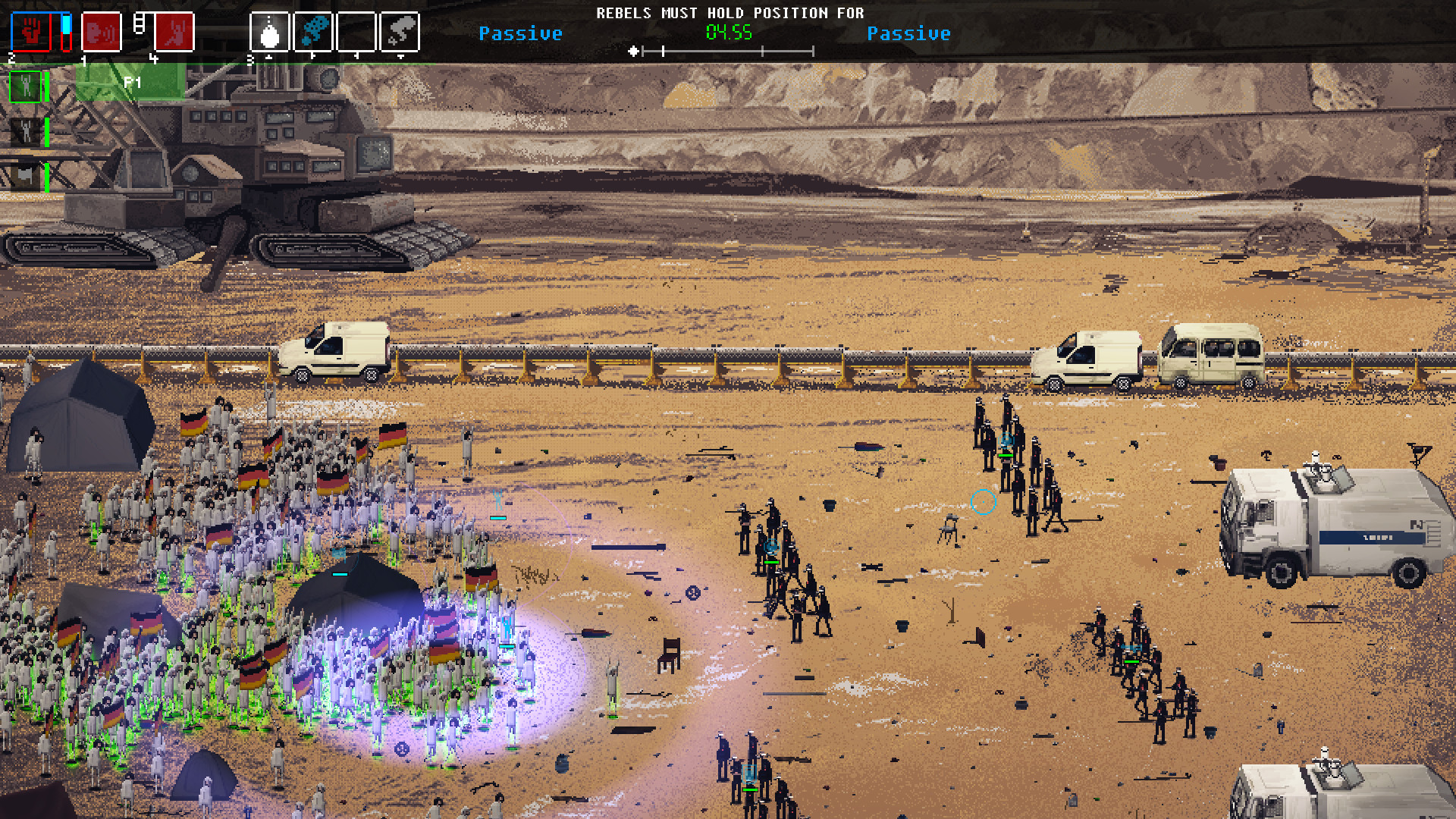

sides – which, due to the idiosyncrasy of the game, it presents as opposing factions in a tactical confrontation – or whether it takes into consideration the discourse of both parties.įrom the outset, part of his problems to show a coherent identity comes from his more playful side. As someone who has shown commitment to a cause, and starting from a different situation than that of large companies with much to lose in case of speaking out openly, the logical thing is to wait for messages in one direction, regardless of whether they take sides with either of the two. What’s more: its director, Leonard Menchiari, conceived the main idea of the game after participating in protests in Italy against the construction of a highway in a natural environment. This is a problem that, it is assumed, a game about protesters and forces of order framed in some of the most important socio-political and economic conflicts of the last decades should not suffer. favor both from above and below creating a narrative that, although apolitical in its intention, contains a much clearer and more evident message than any description of the events, however superficial. A disappointing statement, to put it mildly, that masked a much more depressing truth: that of developers and creators holding back their ideas to please a presumably aseptic audience or, worse still, that of an apparently equidistant speech with which to win the award.

While playing RIOT: Civil Unrest I couldn’t help but remember the statements of Alf Condelius, Ubisoft Massive’s chief operating officer, saying that The Division 2 – a game, let’s remember, about a paramilitary organization taking over the security of a Washington DC by Brink of Collapse which includes a conversation about US citizens detained at the border with Mexico – I did not intend to comment on the current political situation in the United States. Aware of the importance of its theme, RIOT: Civil Unrest still opts for the saddest path for any work: complacency.


 0 kommentar(er)
0 kommentar(er)
